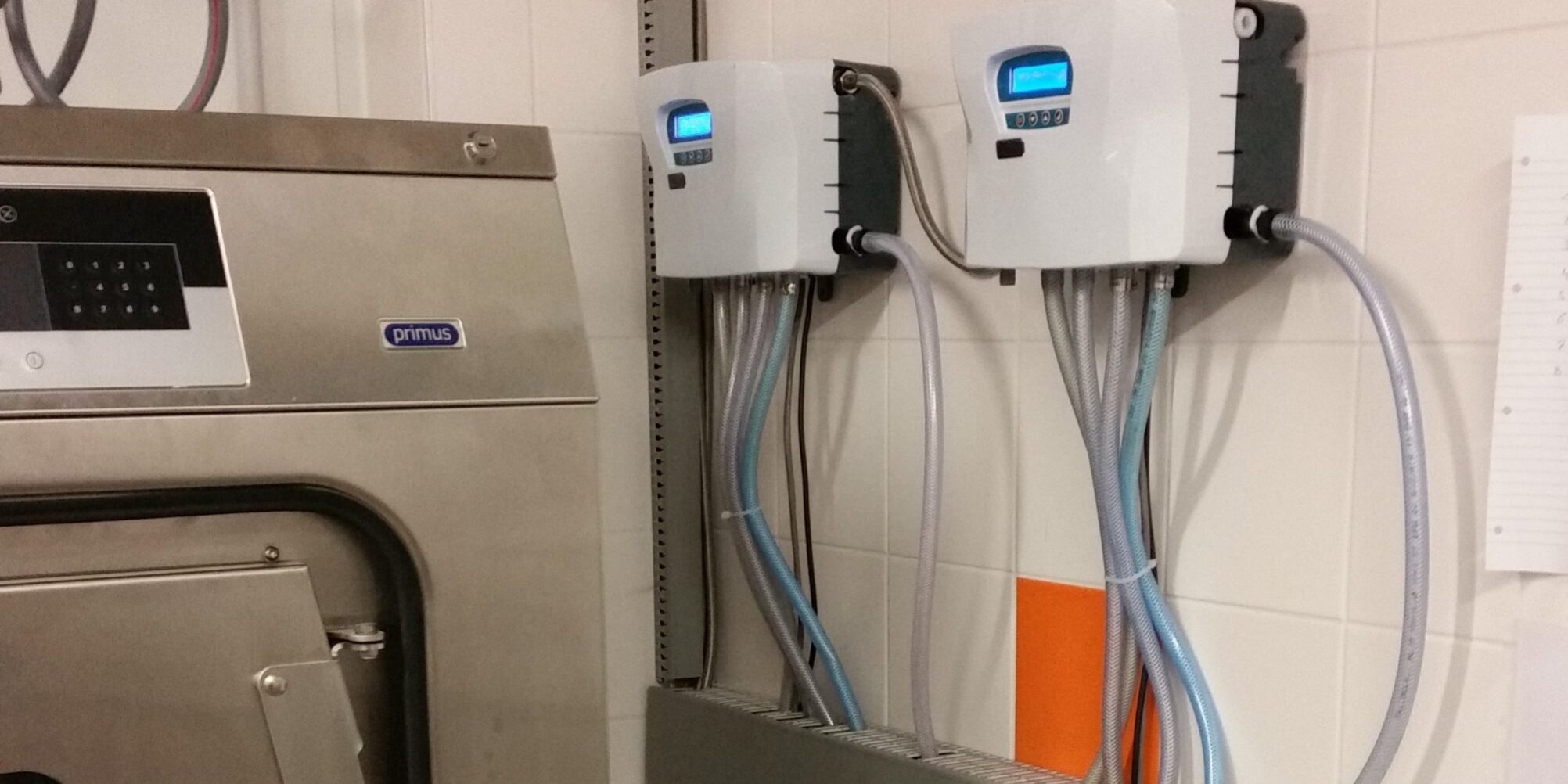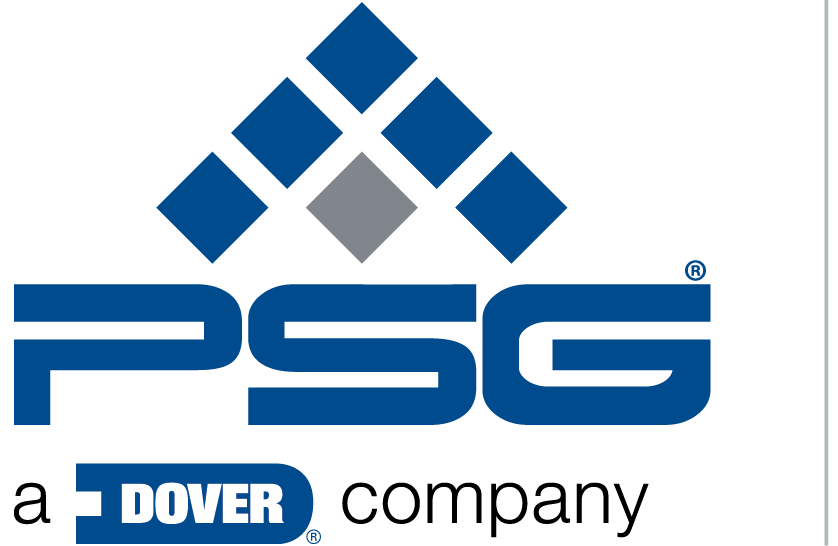Maintenance for Success

The ‘right’ chemical dispenser will only remain so if you maintain the features that made it an attractive choice in the first place. Maintenance is essential to ensure optimum performance over a period of time.
A preventative approach is preferable to waiting for a problem to develop. Let it escalate and the repercussions may be costly; far beyond the obvious financial impact of any downtime on your bottom line. To avoid this, planned maintenance enables you to carry out a series of targeted checks and replacement of parts if necessary. Simultaneously, it will allow for you to pick up on anything out of the ordinary to enable troubleshooting.
Clean as you mean to go on
General housekeeping is always a good place to start. These are small tasks you can undertake in any facility. Unlike the precise scheduled maintenance of units and lines of supply, these will often already be part of your health and safety regime.
Remove any clutter that provides a barrier to the safe running of your systems. This includes chemical containers, cleaning implements and tools. Keep all surrounding areas clean and dry from water or chemical spillage. Periodically wipe clean the fascia and body of your dispensing units. Any build-up of residue may prevent recognition of a problem which might eventually impact on efficiency. This ensures a clean and safe environment in which to carry out the key maintenance tasks.
Tubes and chemical dosing
Dispensers with a peristaltic pump rely on a peristaltic tube which has the chemical squeezed through it in operation. Tubes require changing – depending on the amount of use – anywhere between every one to six months. From a chemical manufacturer’s perspective these have to be costed into lifetime costs which involve regular travel to sites to carry out replacement. As tubes become old they begin to perish, becoming brittle and flat. In turn this reduces the delivery and dosage of the chemical.
For example, if your dispenser was originally calibrated to provide 15ml/kg and you aren’t regularly changing the tube, this might reduce the provision to 3ml/kg as a result. This can be critical in all aspects of a laundry’s business relationships. For the facility it can affect the quality of their wash. This can have a negative impact with their customers; who – if they are a restaurant or hotel – in turn face similar negative sentiment from their customers. With potentially less chemical than proposed in a cycle, this also reflects back badly on the interests and reputation of the chemical manufacturer/supplier.
Filter it out
Dispensing systems typically have a filter or strainer washer on the water inlet. This avoids particles in the water line getting into the water valve and affecting dilution. These filters require regular cleaning. How often is dependent on local water conditions. Metering tips and tubing wear down and will need replacement in order to maintain proper dispensing functions. If you operate in a hard water area, you might notice limescale forming inside the discharge end of the eductor, as well as in any other area of the unit that is exposed to water. You can remove this by soaking the eductor in a descaling solution (deliming solution). However, running a descaling product through the dispenser to descale it is only a suitable course of action if the product within the unit is compatible and will not react, or the unit has been thoroughly flushed with water. Another alternative is to draw the descaling solution through the unit. This would require removing as it has been covered prior and the product would need to be compatible with the chemical that is being dispensed through the unit.
Concentrate on the metering tips
Metering tips regulate how much chemical concentrate is mixed with the water. It’s crucial that these are functioning properly. If not replaced on a regular basis, dilution ratios become inaccurate and impact on cleaning results.
A clogged metering tip is likely to effect the dispenser’s ability to deliver accurate dilution ratios, consistently. Debris in the water line is often the culprit when metering tips are blocked. Another cause is crystallised or dried chemical deposits in the tip. You can combat these issues by placing ultra fine mesh filter screens on the water inlet and by keeping the metering tip continually submerged in solution to avoid dry residue.
Maintaining your future
If you wish to avoid feeling overburdened by your schedule of maintenance tasks and to concentrate on a seamless production cycle, then a Venturi-based chemical dispensing unit is a great choice. The Venturi is low maintenance and delivers considerable peace of mind. Costs partly depend on a facility’s location. The more remote, or the longer distance that a chemical manufacturer has to travel to change a peristaltic tube for instance, the quicker these units will pay for themselves.
There are also many projected improvements evolving from developments in the Internet of Things – such as connected chemical dispensers – which will only enhance cleaning consistency. Predictive maintenance, which uses the dispenser itself to analyse data and recommend maintenance before issues arise, is a distinct possibility in the near future.
Without these options, the best way currently to ensure your cleaning performance – while limiting chemical wastage, downtime and unplanned added costs – is to adhere to a schedule of regular and meticulous maintenance.

Customer Service and Technical Support
Call 1-800-543-7184 Monday-Friday 8am - 5pm EST











